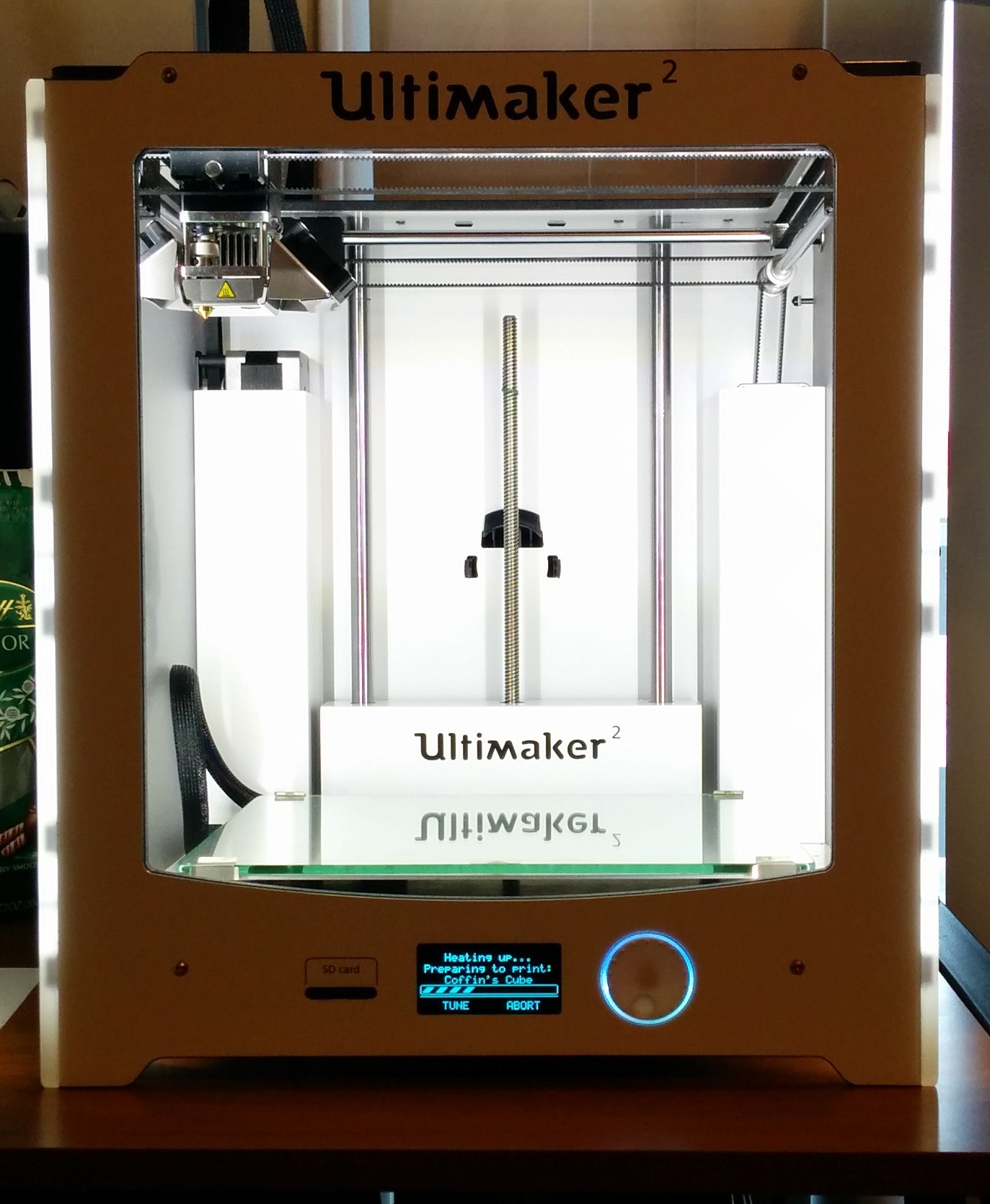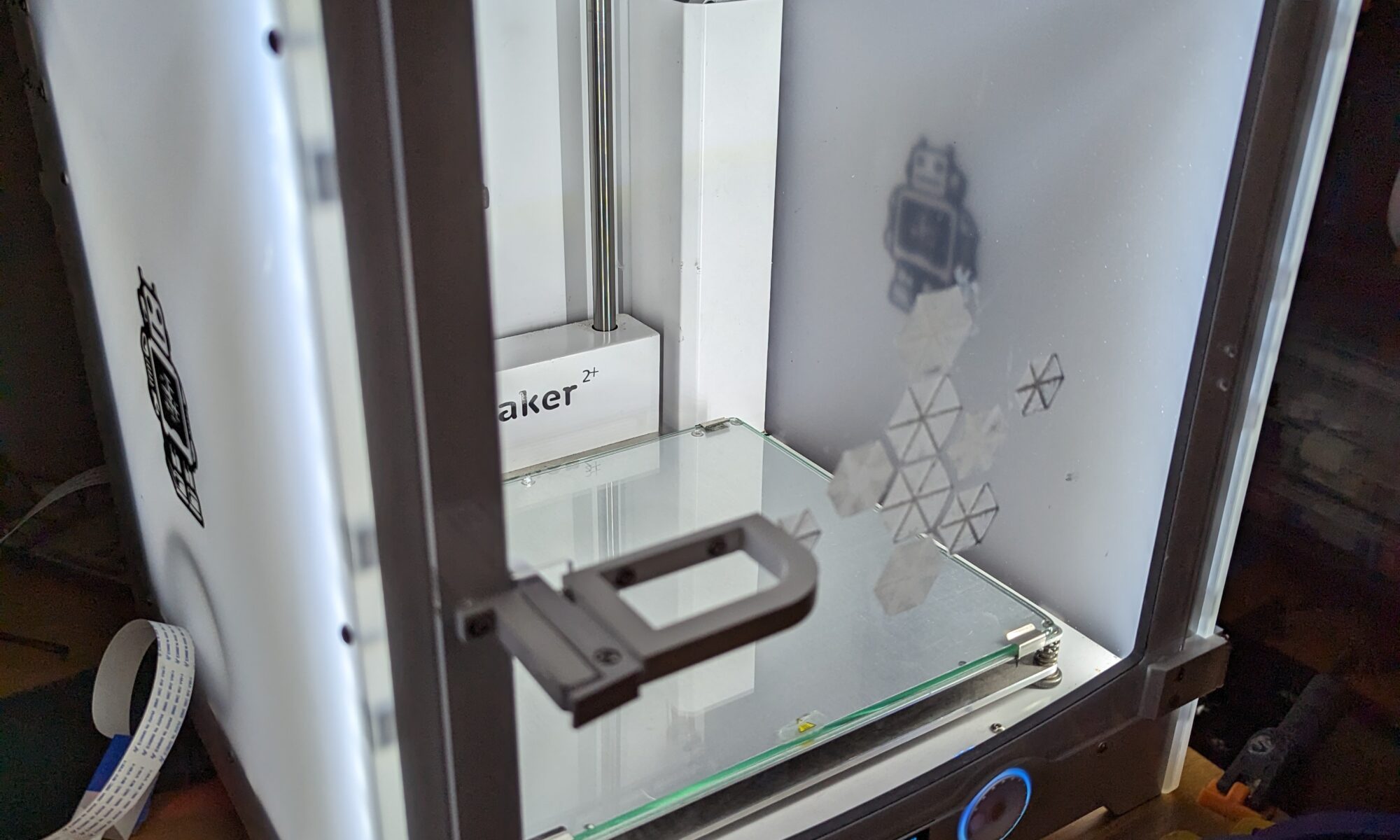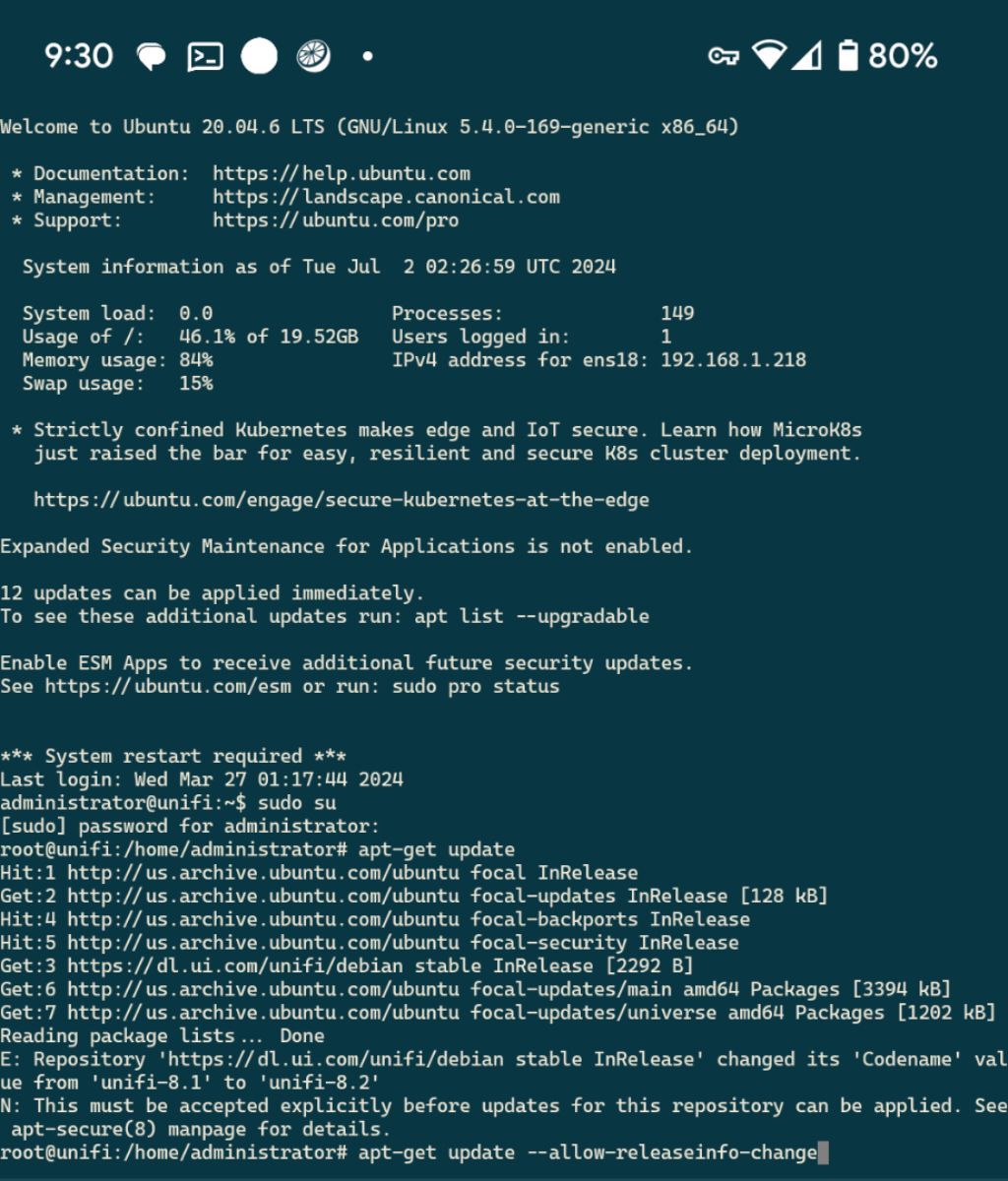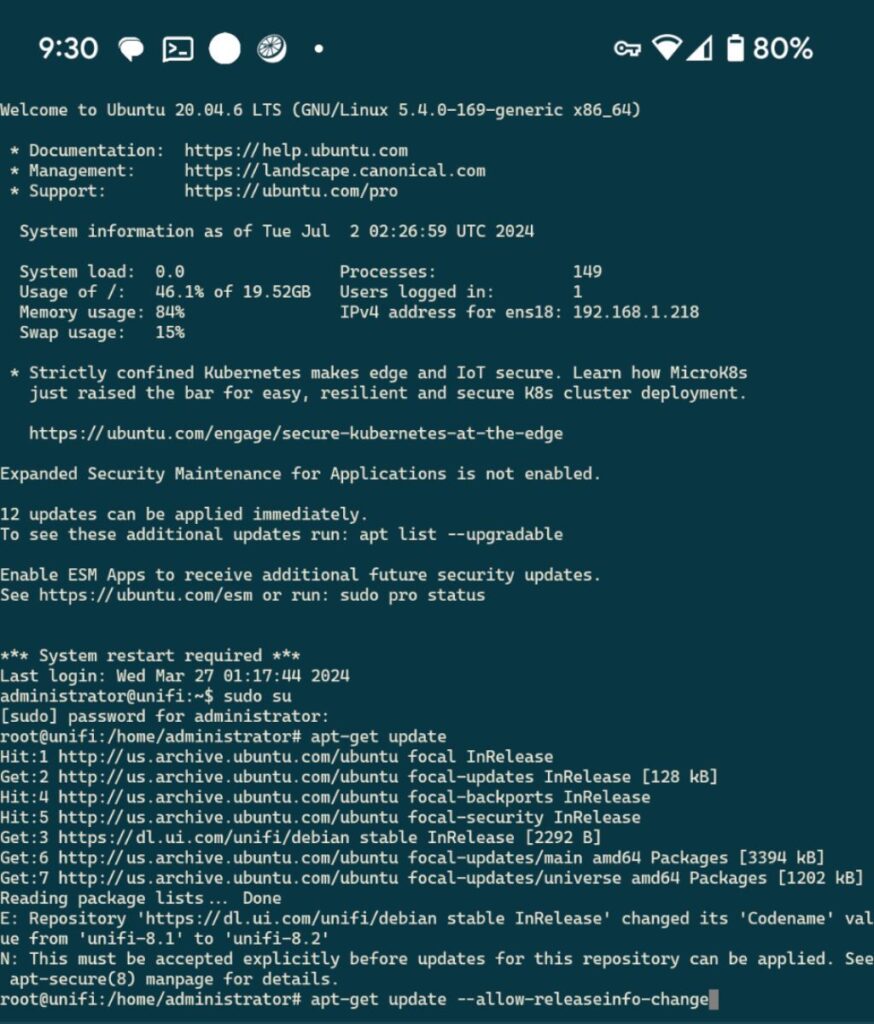In making the labels for my NFC music tags, I ran into a fun bug when printing from InkScape. Sometimes it doesn’t print your entire image. In my case, it printed all the outline boxes for the labels but NONE of the actual images for the labels. I found out from a forum post that this is a common problem for more complex images.
The way to get around this is to”Save a Copy” of your document as a PDF format, open that PDF in your favorite PDF viewer and print that out. Ensure in the print dialog that the PDF isn’t being scaled as well, as the application might try to be “helpful” in that way (which is entirely unhelpful when you need it to be a specific size). Don’t print the InkScape drawing as a PDF since that runs into the same print bug, it needs to be save as to the format for everything to work.

I use Edge to open and print PDF documents, so I make sure “actual size” is selected rather than “fit to printable area” which will shrink the document that already fits just fine on a sheet of paper.





